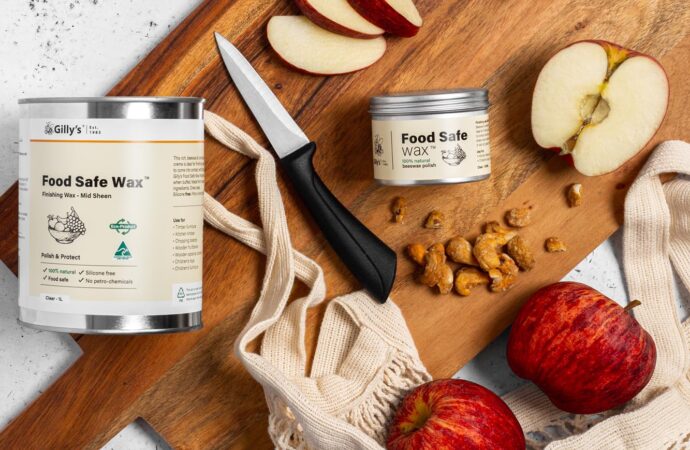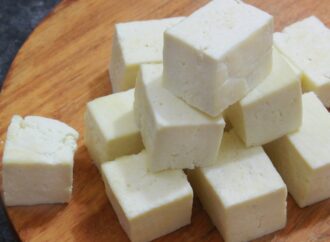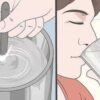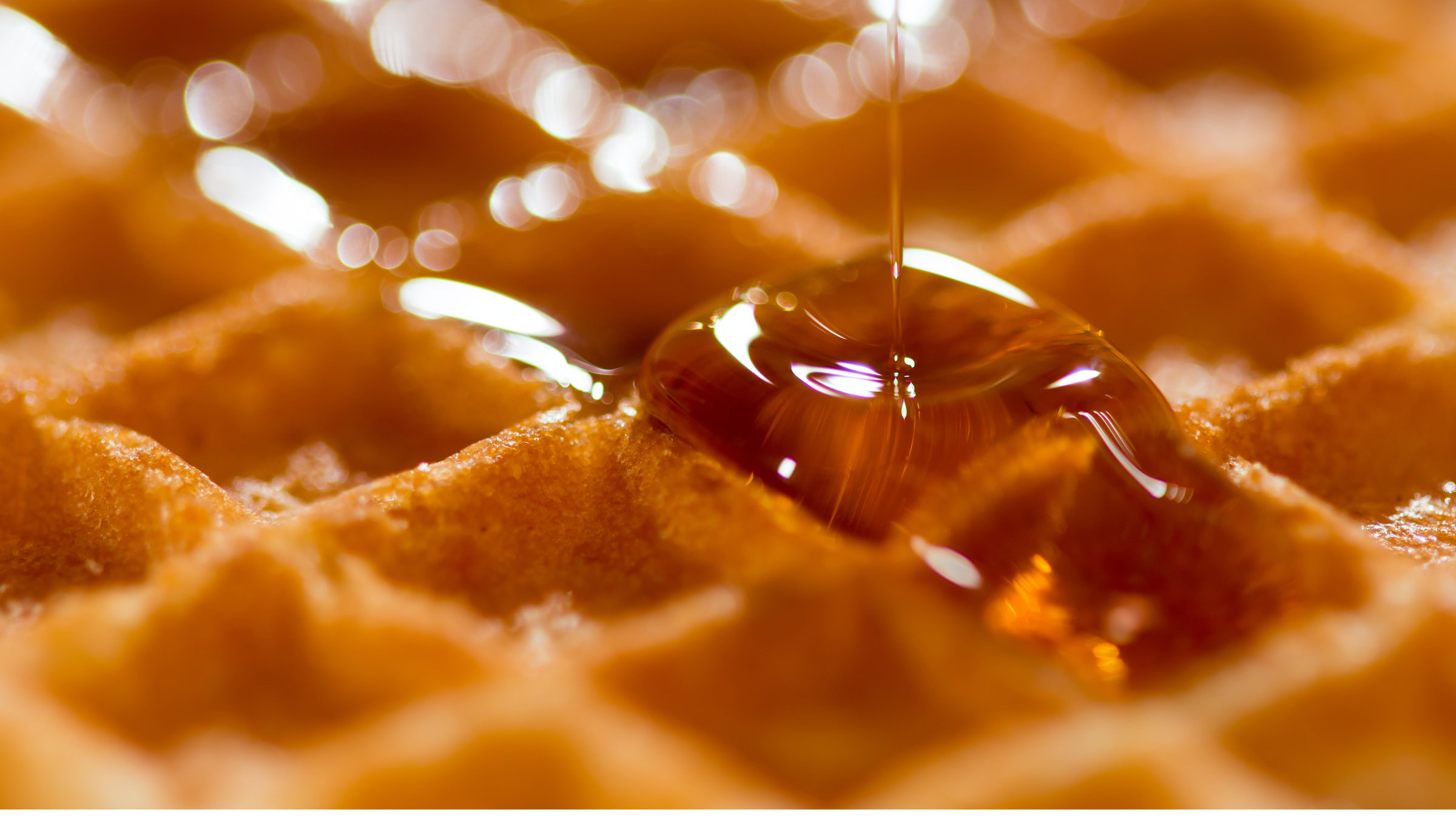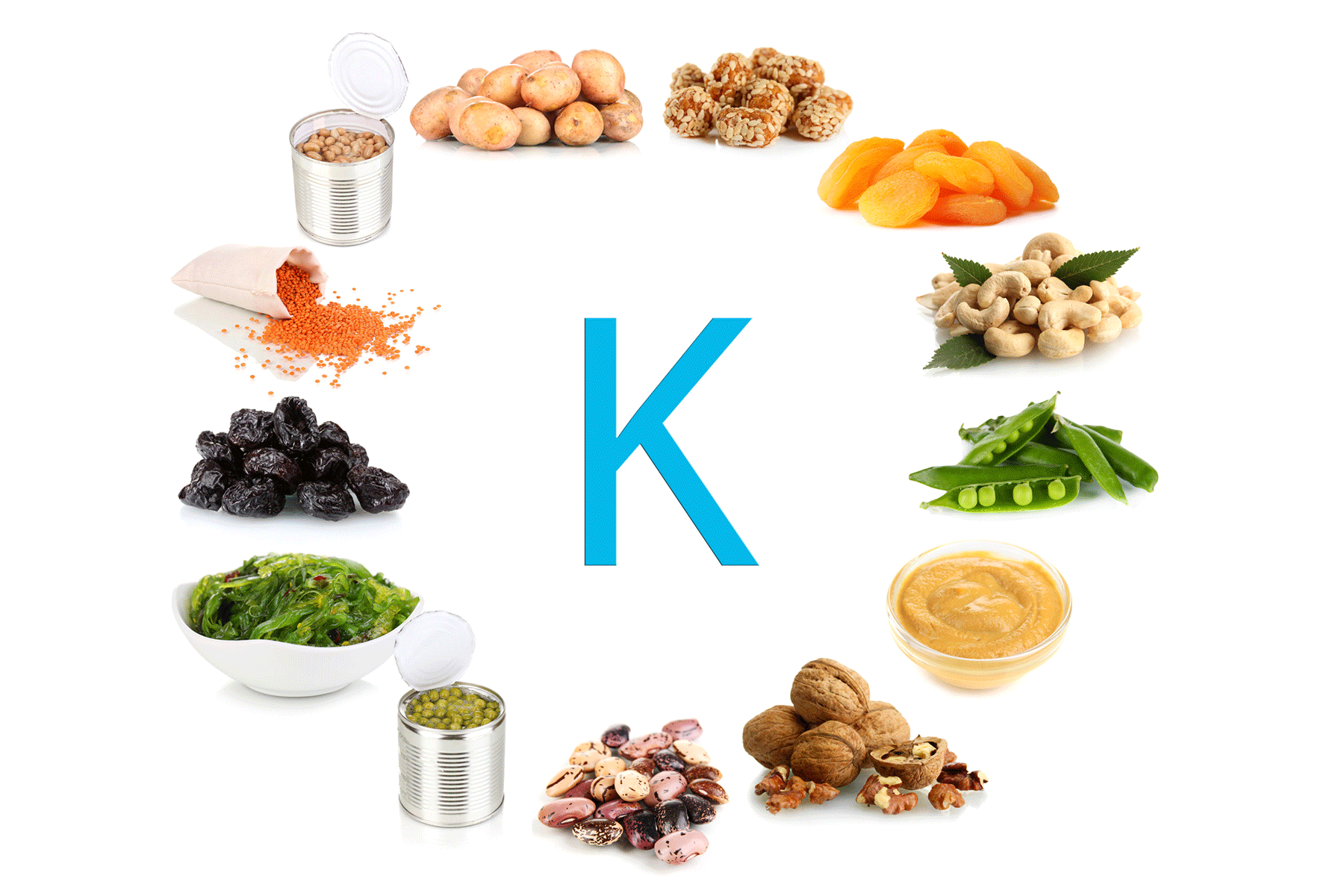Walking through a grocery store, you can’t help but be drawn to the vibrant, glossy fruits, enticing candies, and perfectly polished cheeses on display. But have you ever wondered how these fresh foods achieve such an alluring appearance? The answer lies in a process called waxing, a crucial method that enhances both the visual appeal and longevity of various food products.
What is Food Waxing?
Waxing is a preservation technique employed by the food industry to protect and beautify products. This process is essential for maintaining the quality of fresh produce as it guards against spoilage, ensuring that food remains in optimal condition for consumers. Wax is commonly applied to a variety of foods, including fruit snacks, sugar-coated candies, fresh fruits, and vegetables. By sealing in moisture and slowing down deterioration, waxing keeps items like apples looking crisp and fresh for longer.
Why is Waxing Done?
The primary purpose of waxing is to maintain freshness. The wax coating holds in moisture and slows oxygen penetration, which in turn inhibits the ripening process. This is especially important for fresh produce, which is often highly perishable and prone to decay. Additionally, the wax helps preserve flavour and texture while enhancing the food’s overall appearance, making it more appealing to shoppers.
Types of Waxes Used in Food Coating
Two of the most common types of waxes used in food applications are paraffin wax and carnauba wax. Both are considered safe for consumption and provide various benefits for food protection and quality.
Paraffin Wax
Derived from the refining of light to medium lubricating oil, paraffin wax is nearly colourless and odourless. It is often used to give fruits, vegetables, and candies a shiny appearance. Food-grade paraffin wax is typically composed of vegetable oils, palm oil derivatives, synthetic resins, and other materials. This type of wax acts as a chemical preservative, helping food maintain its fresh look and quality. For instance, when used with chocolate, paraffin wax prevents melting at room temperature, ensuring it remains solid in your hand. It also helps prolong the shelf life of produce by retaining moisture.
Carnauba Wax
Harvested from the leaves of the carnauba palm in northeastern Brazil, carnauba wax is collected by beating the dried leaves to free the wax coating. After refinement, it’s used to give candy and fruit snacks their glossy sheen and is also applied to hard cheeses. Carnauba wax is often favoured for its natural properties, making it a popular choice among health-conscious consumers.
Food Products Commonly Waxed
Fruits
Fruits naturally develop a waxy layer that shields them from moisture loss and adds a glossy finish. However, washing harvested fruits can remove this protective coating, making them more susceptible to shrivelling and changes in texture. To address this issue, artificial wax is often applied to fruits such as apples, citrus, peaches, and nectarines. This wax not only enhances their appearance and shine but also helps maintain freshness and extends shelf life by reducing moisture loss and protecting against postharvest decay caused by bacterial and fungal pathogens.
The process involves removing the fruit’s original wax layer, usually through washing, before applying a new coating. Wax can be added to the fruit by dipping, rubbing, or using a roller brush. Typically, just a drop or two of wax per piece is sufficient for effective application.
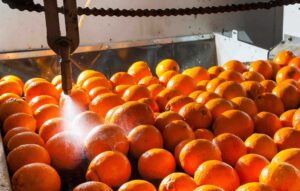
Soft Cheese
Both paraffin and carnauba wax can be used to coat soft cheese, protecting it from mould and keeping it fresh. The wax coating can easily be removed when you’re ready to enjoy the cheese.
To wax half of the cheese, dip it in the wax, allowing any excess to drip off before letting it harden on the unwaxed side. Repeat this process for the other half. Cheese wax comes in various colours, including red, yellow, and black, but it does not affect the cheese’s flavour.
Potential Issues with Food Waxing
While food-grade waxes are generally safe, there are concerns regarding their usage. It is crucial to distinguish food-grade wax from other types of wax substances, as not all waxes are safe for food contact. Heavy applications of wax can also adversely affect fruit quality, leading to issues like wax whiting (or chalking) due to excessive heat or moisture. This often occurs when waxed products are moved from cold storage to warmer temperatures, causing condensation that can result in white deposits on the fruit’s surface.
Additionally, overapplication of wax can block gas exchange in fruits, potentially leading to off-flavours and altered textures. These issues highlight the need for careful monitoring of wax application practices to ensure product quality.
Moreover, if you want to avoid wax, simply rinse the fruit under water or peel off its skin. Additionally, look for fruits labelled as uncoated, which are often noted on the packaging or the product’s website.
Key Takeaways
While the glossy look of waxed fruits, candies, and cheeses enhances their appeal, addressing safety concerns is crucial. Regulatory bodies should enforce strict guidelines on wax types and application levels, while transparent labelling allows consumers to make informed choices.
Producers should prioritize natural waxes like carnauba and adhere to best practices to prevent overapplication. Regular inspections can further ensure compliance with safety standards.
By implementing these measures, the food industry can maintain quality and foster consumer trust, ensuring that shoppers can confidently enjoy their visually appealing foods.
 Food Manifest
Food Manifest 